Roman Empire
Roman Empire
Sep 28, 2025
323.59 MB
1.46.1.98471
8.0
500,000+
Description
Contents
The Roman Empire, as one of the most super civilizations in ancient records, keeps to captivate endless historians and fans to this day. this newsletter targets to discover the political, economic, navy, cultural, and felony-non secular aspects of the Roman Empire, uncovering the multifaceted factors at the back of its decline, and studying its profound legacy left for posterity. by using synthesizing ancient files, archaeological findings, and present day studies, this newsletter will gift a complete and detailed portrait of the Roman Empire.
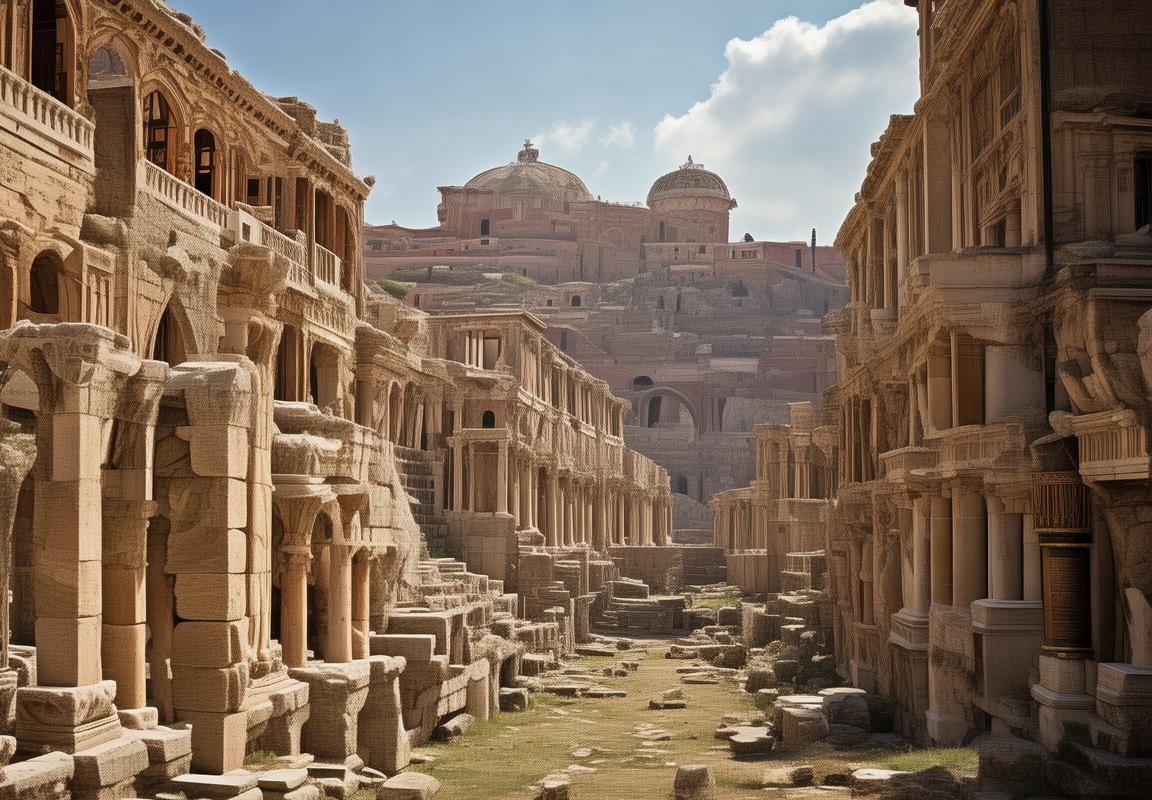
The rise and expansion of the Roman Empire
The rise and expansion of the Roman Empire started out in 27 BC with the status quo of the Principate by way of Augustus, marking the transition from the Roman Republic to the Imperial generation. underneath are the important thing tiers of Roman enlargement:
- list: Key intervals of growth
- 27 BC – 14 BC: Augustus’ reign, growth to the Mediterranean coast.
- 14 BC – 117 ad: The period of Trajan, conquest of the Dardanelles Strait.
- 117 ad – 192 ad: expansion to Britain, Egypt, and the Mesopotamian area.
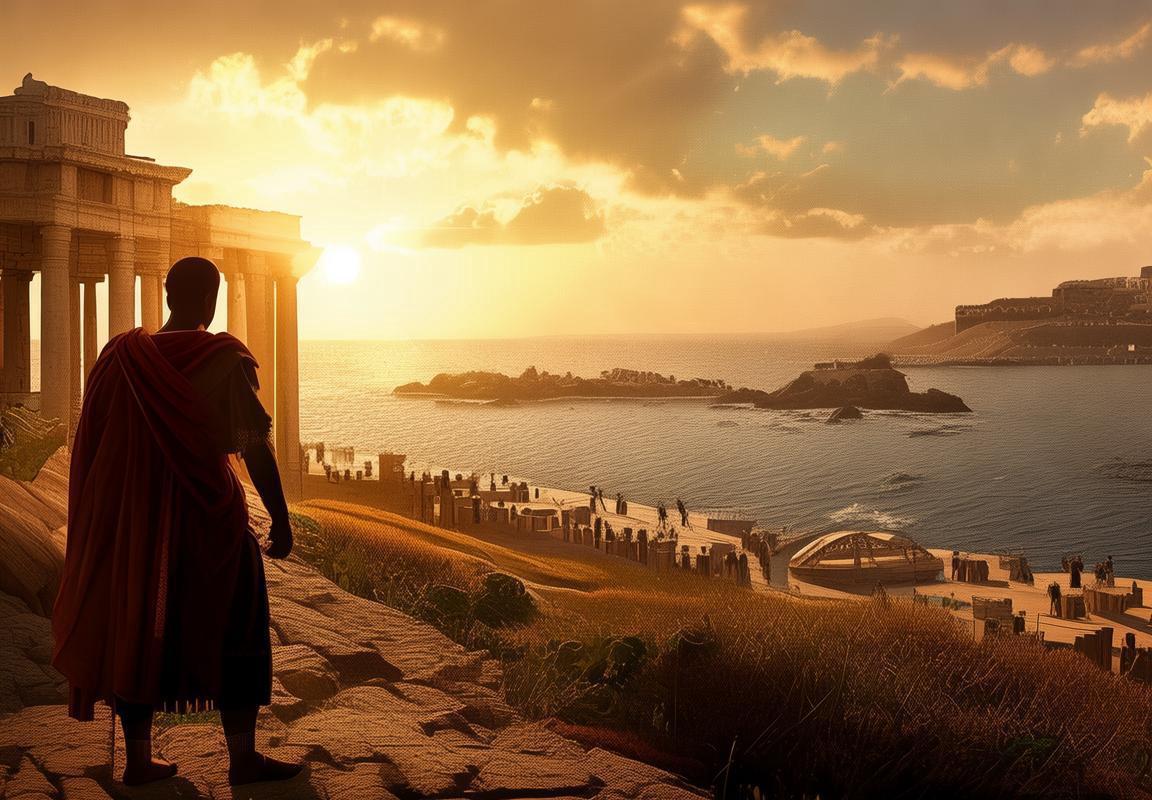
- desk: primary Achievements of enlargement
- Time + area
- ————+ ——–
- 27 BC + Spain
- 19 BC + Asia Minor
- 44 BC + first rate Britain
- 117 advert + Mesopotamia
- quotation: Historian Tacitus in “The Annals”: “Augustus’ rule brought the Roman Empire to an unparalleled beauty.”
- factors: The Roman Empire achieved its enlargement through navy conquest, administrative management, avenue production, and cultural trade.
- frequently asked Questions: Why become the Roman Empire able to extend so rapidly? This became in the main due to its effective military pressure, efficient administrative gadget, and enormous cultural exchanges.
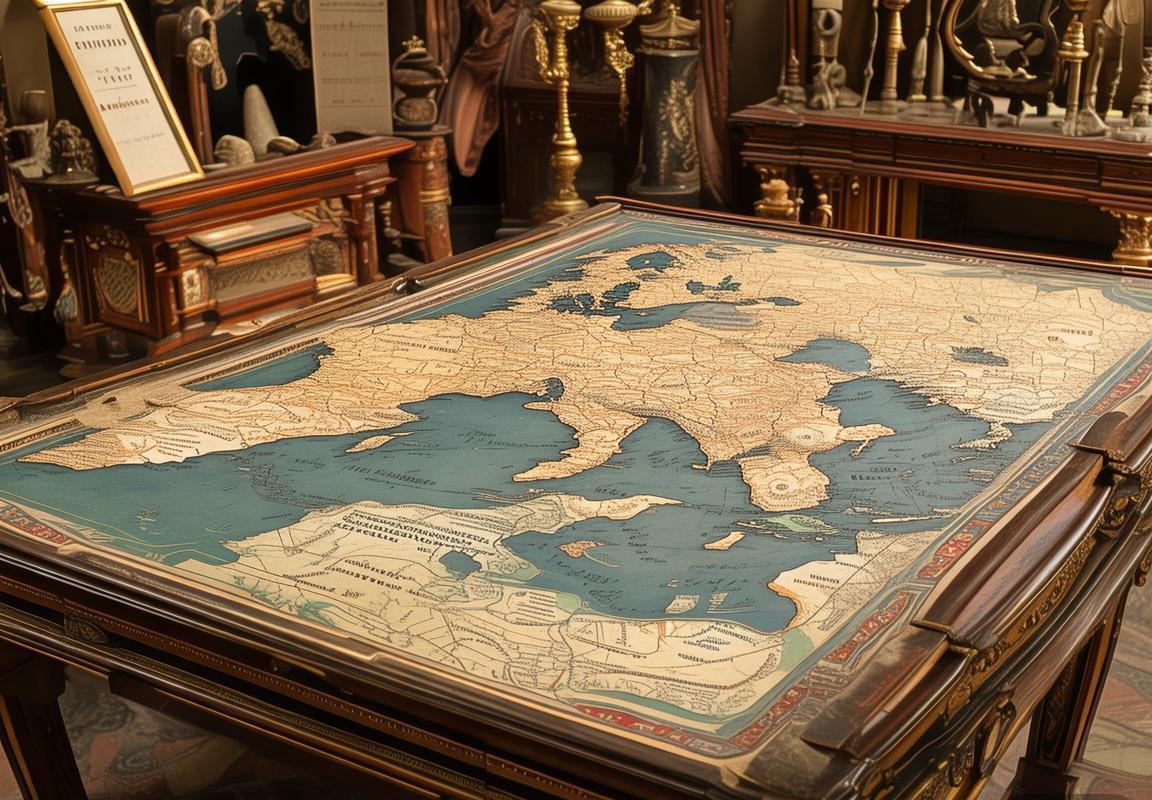
Political structure and administrative system
- listing: Roman Empire Political Positions
- Emperor
- Senate
- Consul
- Praetor
- Curule Aedile
- Quaestor
- Aedile
- Tribune of the people
- table: Administrative regional department
- Province
- Territory
- Municipium
- quotation: “The emperor is the soul of the Roman Empire, and the Senate is its coronary heart.” — Roman historian Tacitus
- factors: The Senate is chargeable for law and diplomacy, at the same time as the emperor holds army and administrative powers.
- regularly requested Questions: How does the Roman Empire’s political machine stability primary and nearby strength? thru the cooperation among the emperor and the Senate, in addition to the implementation of the province gadget, strength is decentralized and balanced.
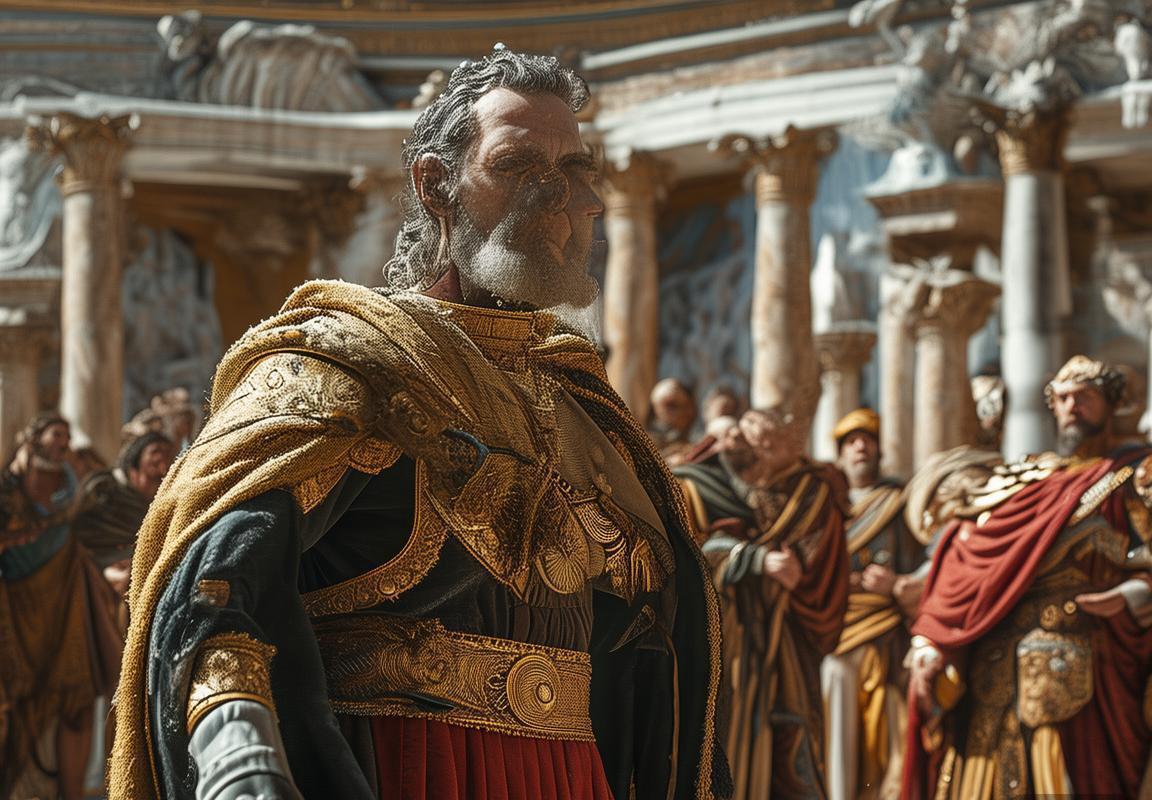
Roman Empire’s Economic Prosperity
- Agricultural improvement: The Roman Empire, with agriculture as its basis, substantially cultivated plants including wheat and barley. The advancement in agricultural technology, which includes the improvement of irrigation systems, caused multiplied grain yields.
- trade Networks: The Roman Empire established giant alternate networks, which includes the Silk avenue overland and maritime routes, which facilitated the exchange of products and cultures.
- financial harmony: The Roman Empire adopted a unified financial system, using gold and silver coins, which facilitated transactions and tax management.
- Infrastructure: The Roman Empire constructed a full-size community of roads, bridges, and aqueducts, significantly promoting the drift of products and the movement of human beings.
- Key factors: The prosperity of the Roman economic system largely trusted the stable development of agriculture, along with the green alternate machine.
- FAQ: was the economic prosperity of the Roman Empire completely depending on agriculture? now not absolutely. despite the fact that agriculture turned into fundamental, change, economic structures, and infrastructure improvement additionally played essential roles.
- citation: The historian Pliny once defined: “The Roman roads and bridges have interconnected the entire empire, permitting wealth and goods to float unexpectedly.”
- desk:
- | financial element | Description |
- |—————–|————-|
- | Agricultural Output | principal vegetation included wheat, barley, olive oil, and wine |
- | exchange Networks | blanketed Eurasia, including the Silk avenue overland and Mediterranean alternate routes |
- | monetary machine | Used gold and silver coins, with a unified economic popular |
- | Infrastructure | anticipated total length of Roman roads passed 75,000 kilometers |
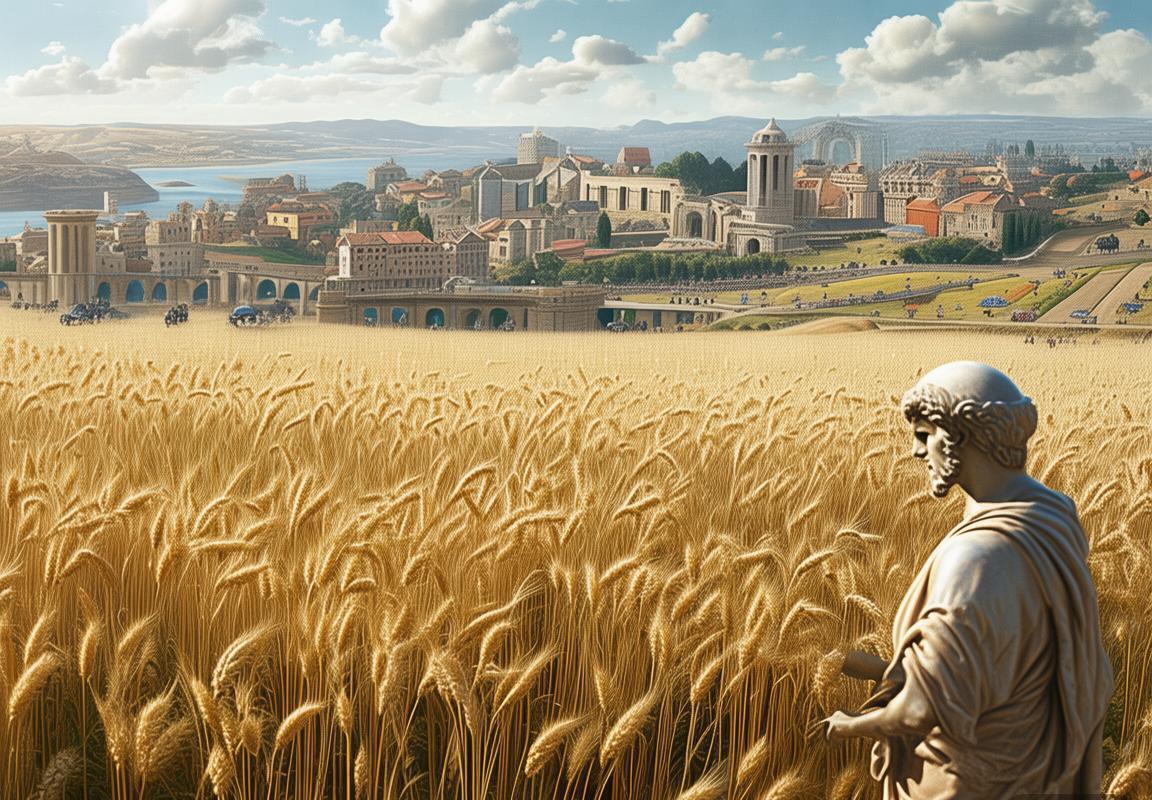
Military power and foreign wars
The Roman Empire’s military energy was bold, characterized by means of common foreign wars and profound affect. here is a short evaluation of its military strategies and achievements:
- navy employer: The Roman military changed into basically composed of infantry and cavalry, forming a strict machine of enterprise, including the infantry’s “Roman formation” and the cavalry’s “light cavalry” and “heavy cavalry.”
- well-known Commanders: Generals like Caesar, Augustus (the future Augustus), and Trajan are renowned for his or her army prowess.
- strategies and procedures: The Roman army excelled inside the use of “encirclement battles” and “decisive battles,” emphasizing speedy mobility and concentrating superior forces.
- campaign Victories: which includes the Gallic Wars, Syrian Wars, and Parthian Wars, in which Rome executed decisive victories.
- citation: “Rome was not built in an afternoon.” (A famous quote via Caesar)
- Key factors: the important thing to Rome’s military fulfillment lay in strict area, efficient mobilization skills, and strategic modifications to special battlefields.
- FAQ: How did the Roman army keep long-term high fight effectiveness? solution: through continuous army education, beneficiant reimbursement, and strict subject.
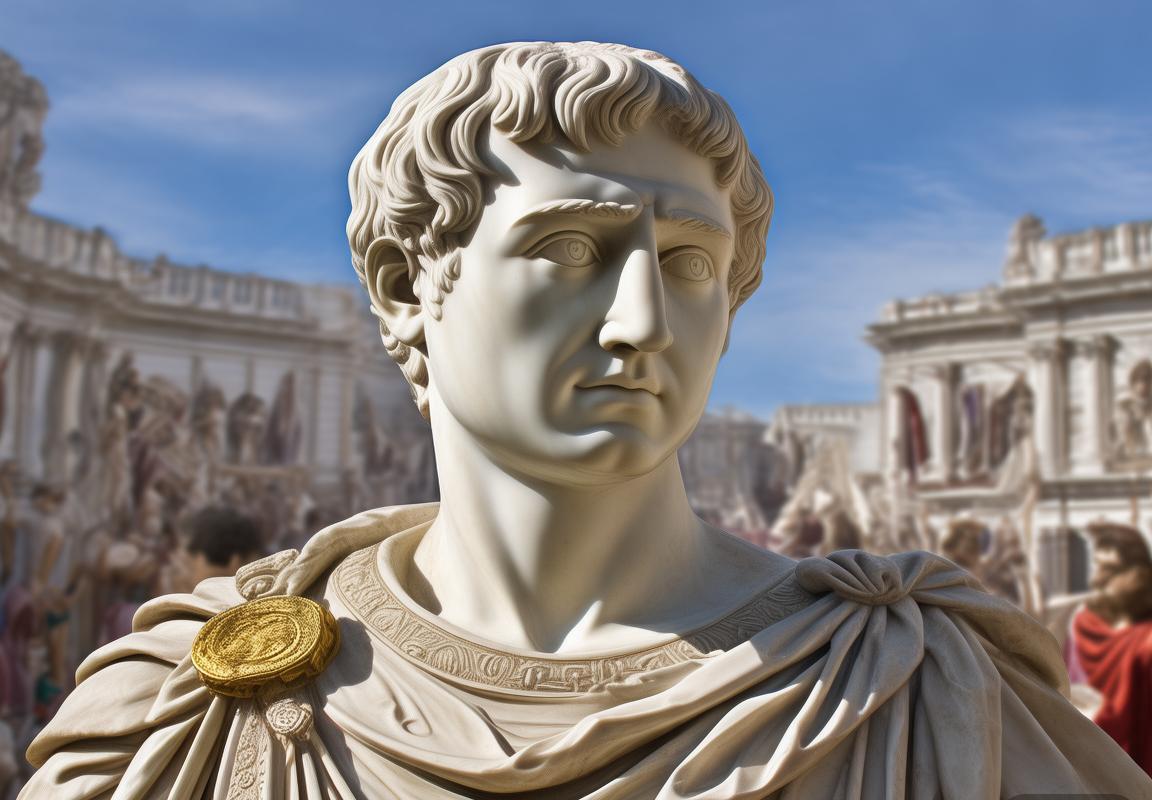
Cultural and Social Life
- list:
- Architectural Achievements: Pantheon, Colosseum, Roman forum
- artistic styles: Sculpture, portray, Mosaic art
- Literary Masters: Virgil, Ovid, Horace
- desk:
- most important Cultural activities inside the Roman Empire period
- | Cultural area | particular sports |
- |————–|——————|
- | architecture | creation of public homes and private houses |
- | artwork & Literature | creation of epics, poetry, and drama |
- citation:
- “Rome turned into no longer built in a day.” —
- Key factors:
- The Roman Empire integrated various cultures, forming a unique artistic fashion.
- The social structure of the empire became without a doubt defined, with the higher elegance playing expensive life even as the decrease instructions and slaves lived in problem.
- often requested Questions:
- Q: How became the cultural integration of the Roman Empire manifested?A: thru religious worship, linguistic exchange, and artistic introduction, amongst other aspects.
- Q: What were the characteristics of the social training in the Roman Empire?A: The social structure become strictly divided, with privileges for the Aristocracy, at the same time as the not unusual people and slaves were at the bottom.
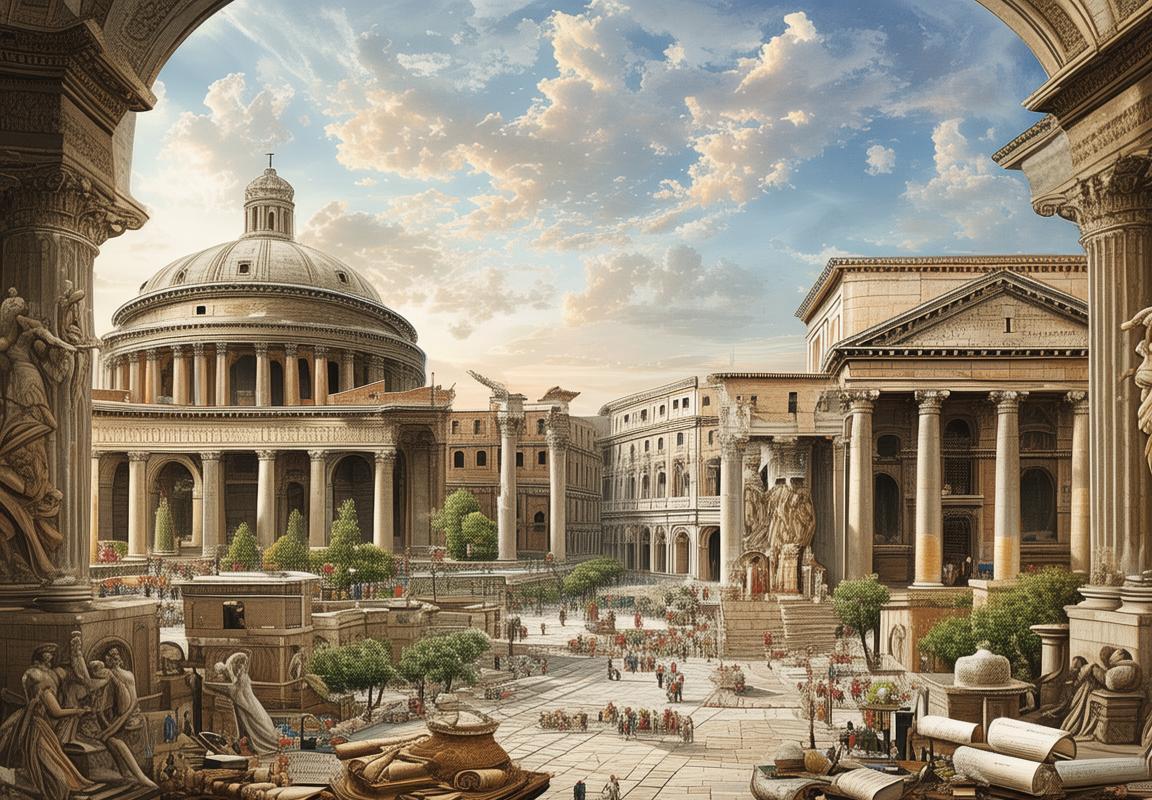
Roman Law and Religious Faith
- list: The fundamental principles of Roman regulation consist of the ius civile (Civil regulation), the ius gentium (law of countries), and the ius naturale (herbal regulation).
- desk: the main deities in Roman non secular beliefs include Jupiter, Venus, Mars, and many others.
- citation: “The spirit of Roman law lies in its use to keep the general public hobby, instead of man or woman pursuits.” — Ulpius, Roman jurist.
- points: The Roman felony system supplied a solid legal framework for the governance of the empire.
- often requested Questions: Did Roman faith have a direct impact on law? answer: to some extent, Roman spiritual ideals prompted law, specially in matters of morality and spiritual law.
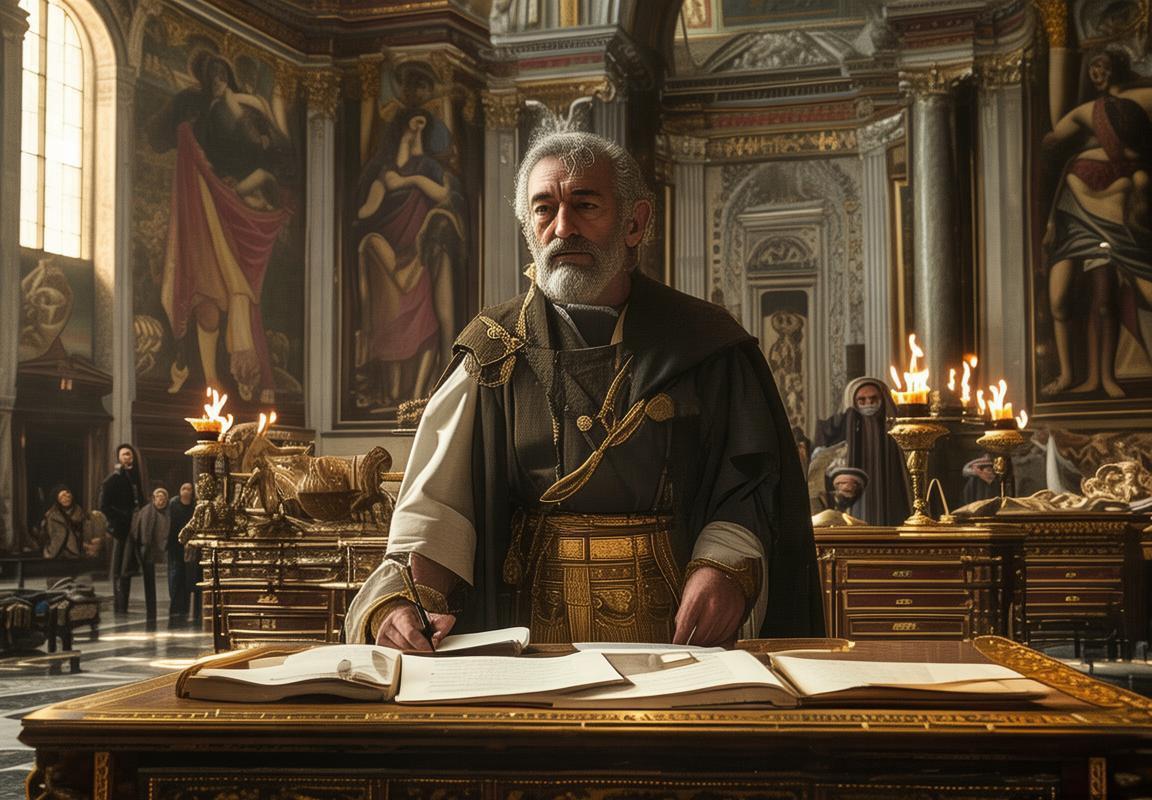
The Decline and Legacy of the Roman Empire
list: Key elements leading to the Decline of the Roman Empire- Political Corruption- economic problems- army stress- outside Invasions
desk: fundamental events in the course of the Decline of the Roman Empire| 12 months | event ||——|—————————————|| 235 | Succession of emperors, political instability || 251 | Emperor Decius defeated, empire cut up || 284 | Diocletian turns into emperor, attempts reform || 476 | Western Roman Empire falls in Europe |
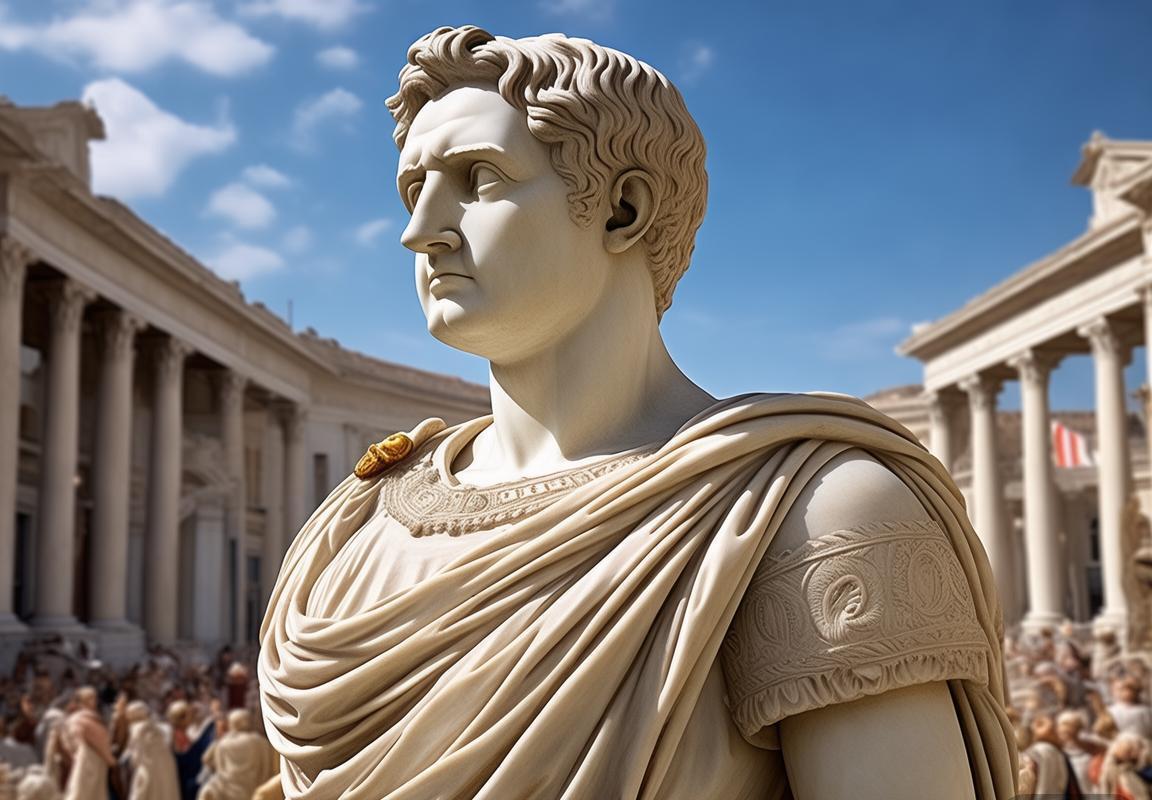
citation: Historian J.B. Bury commented, “The decline of the Roman Empire turned into the result of a couple of factors acting together.”
points: in the system of the Roman Empire’s decline, political corruption led to electricity vacuums, monetary difficulties exacerbated social tensions, and military strain and outside invasions continuously weakened the empire’s power.
common Questions and solutions:Q: How did the decline of the Roman Empire start?A: The decline of the Roman Empire commenced in 235 with the successive emperors, severe political corruption, and political instability. eventually, military pressure and outside invasions intensified, culminating in 476 whilst the Germanic general Odoacer deposed the ultimate Western Roman Emperor, marking the formal cease of the Western Roman Empire.












